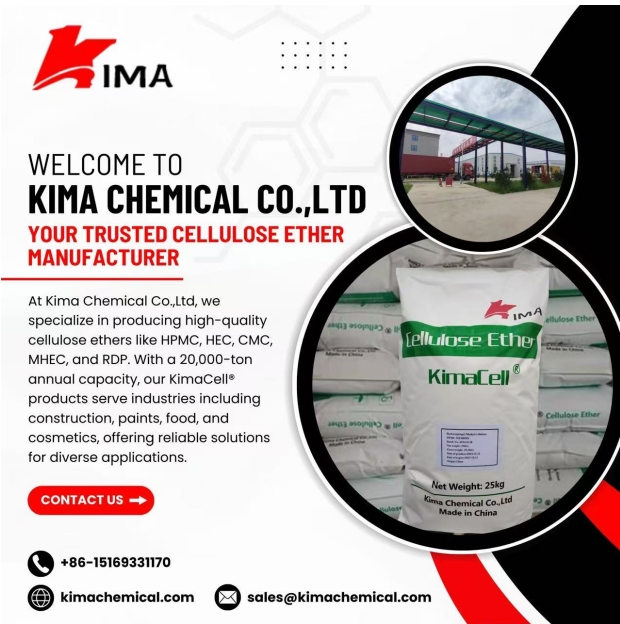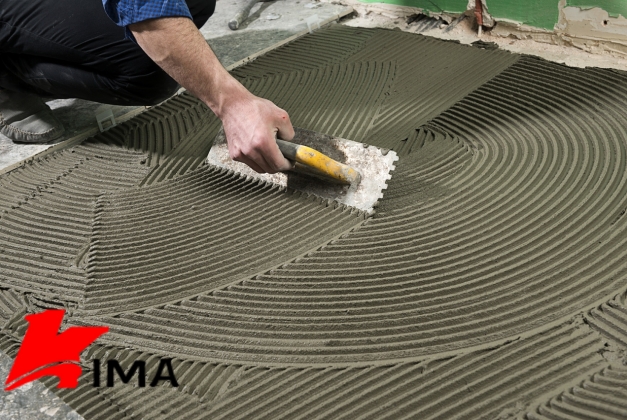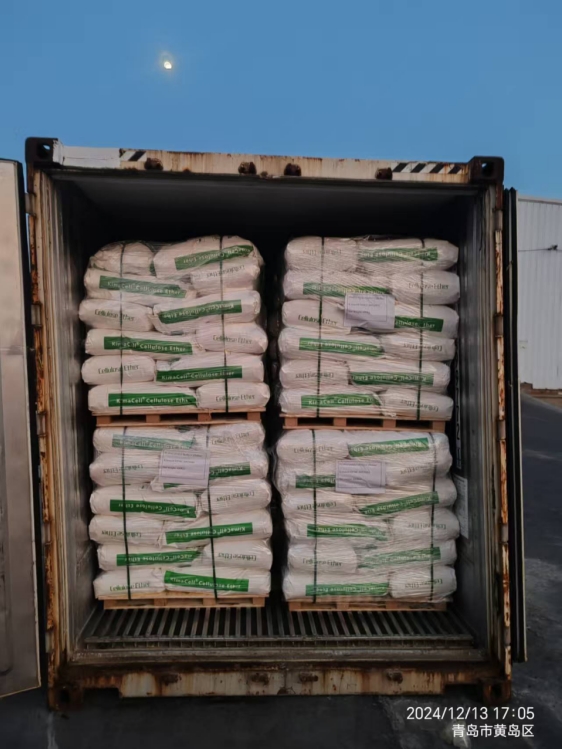Cellulose ethers, derived from natural cellulose, play a crucial role in the formulation of tile adhesives. These synthetic polymers are widely used in various industries due to their ability to modify the physical properties of cementitious, gypsum, and polymer-based formulations. In tile adhesives, cellulose ethers are employed primarily for their water retention, workability, and adhesive properties, ensuring that tiles remain fixed on surfaces and endure the stresses of regular use.

What Are Cellulose Ethers?
Cellulose ethers are chemically modified cellulose molecules. Natural cellulose, found in plant cell walls, is insoluble in water; however, through etherification, cellulose ethers are made soluble or dispersible in water. The modification typically involves replacing the hydroxyl groups (-OH) on the glucose units with ether groups such as -CH3O (methyl), -C2H5O (ethyl), or others. Common cellulose ethers include methyl cellulose (MC), hydroxyethyl cellulose (HEC), hydroxypropyl cellulose (HPC), and carboxymethyl cellulose (CMC).
Role of Cellulose Ethers in Tile Adhesives
Water Retention
One of the primary functions of cellulose ethers in tile adhesives is to retain water within the mix. When tile adhesive is applied, water is necessary for the hydration of cementitious components (if present), allowing for proper bonding between the substrate and tile. Cellulose ethers enhance the water retention of the adhesive, preventing it from drying too quickly during application. This is crucial, especially in dry or hot environments where rapid evaporation can weaken the bond.
Improved Workability
Workability refers to the ease with which the adhesive can be spread over a substrate. Cellulose ethers act as rheology modifiers, improving the spreadability and consistency of the adhesive. They help in maintaining a smooth and uniform consistency, ensuring that the adhesive remains easy to work with for the installer. This quality is particularly important in tile laying, where precise application and adjustment of tiles are required.
Enhanced Adhesion
Some cellulose ethers, especially hydroxypropyl cellulose (HPC), improve the adhesive's ability to bond with tiles and substrates. This is because they can interact with the surface of the substrate and tile, enhancing the wetting properties of the adhesive. By increasing the adhesion, cellulose ethers ensure a stronger, longer-lasting bond between the tile and the substrate, reducing the risk of tiles loosening or falling off over time.

Open Time and Adjustability
The open time of an adhesive refers to the duration in which it remains workable after application. Cellulose ethers increase the open time, allowing tilers more flexibility in adjusting tiles before the adhesive sets. This is essential for large tiles or intricate designs, where precise placement is key.
Reduced Slip
Tiles can slip out of place if the adhesive lacks sufficient tack or initial bond strength. Cellulose ethers reduce this slip by improving the initial tack of the adhesive. This ensures that once the tiles are set, they stay in place during installation, reducing the need for repositioning.
Enhanced Durability
Cellulose ethers contribute to the overall durability of the tile adhesive by preventing cracking, shrinking, or other issues associated with drying. By ensuring that the adhesive retains moisture longer during the curing process, cellulose ethers help improve the long-term performance of the tile adhesive, leading to a more resilient bond.
Types of Cellulose Ethers Used in Tile Adhesives
The choice of cellulose ether used in tile adhesives largely depends on the specific requirements of the adhesive formulation. Below are some common types:
Methyl Cellulose (MC)
Methyl cellulose is one of the most widely used cellulose ethers in tile adhesives. It is known for its excellent water retention and high viscosity. MC helps in enhancing the workability and consistency of tile adhesives. It is also relatively inexpensive and easy to use.
Hydroxyethyl Cellulose (HEC)
Hydroxyethyl cellulose is commonly used in formulations where improved water retention and better consistency are required. It is often selected for high-performance tile adhesives, especially those intended for use in areas with high humidity or temperature fluctuations.
Hydroxypropyl Cellulose (HPC)
HPC is particularly useful for improving the adhesive's bonding capabilities, as it helps increase adhesion to both tiles and substrates. It is also known to provide a longer open time, which is ideal for tile installation processes that require more precision and flexibility.
Carboxymethyl Cellulose (CMC)
Carboxymethyl cellulose is used to provide high water retention and improve the overall rheology of tile adhesives. It can also enhance the mechanical properties of the adhesive, providing a better bond between the substrate and tile.
Performance Characteristics of Tile Adhesives Containing Cellulose Ethers
To better understand the benefits of cellulose ethers in tile adhesives, a comparison of key performance characteristics is provided in the table below:
Property | Methyl Cellulose (MC) | Hydroxyethyl Cellulose (HEC) | Hydroxypropyl Cellulose (HPC) | Carboxymethyl Cellulose (CMC) |
Water Retention | Good | Excellent | Excellent | Excellent |
Workability | Good | Very Good | Excellent | Good |
Adhesion to Substrate | Moderate | Moderate to High | High | High |
Open Time | Moderate | Good | Excellent | Moderate |
Slip Resistance | Good | Good | Very Good | Good |
Durability | Moderate | High | Very High | High |
Viscosity | Moderate | High | High | High |
Cost | Low | Moderate | High | Low |
Environmental Sensitivity | Moderate | Low | Low | Moderate |
Cellulose ethers are essential components in tile adhesives, enhancing the properties that ensure effective and long-lasting installations. By improving water retention, workability, adhesion, open time, and slip resistance, they play a vital role in the overall performance of tile adhesives. Understanding the different types of cellulose ethers and their specific benefits allows manufacturers to tailor their products for various applications, ensuring optimal results in different environments and conditions.

Whether used in high-performance adhesives for demanding applications or in standard adhesives for typical residential projects, cellulose ethers offer an array of advantages that cannot be overlooked. As the demand for higher-quality, durable tile installations continues to rise, the use of cellulose ethers in tile adhesives is likely to remain integral to the industry’s ongoing development.
 English
English 日本語
日本語 français
français Deutsch
Deutsch Español
Español italiano
italiano русский
русский português
português العربية
العربية Türkçe
Türkçe Nederland
Nederland






